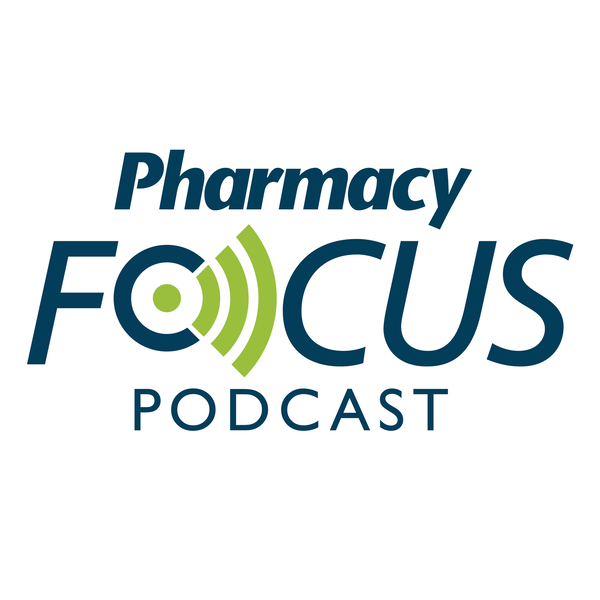News
Article
FDA Accepts Biologics License Application for Denosumab Biosimilar Candidate
Author(s):
FKS518 (Fresenius Kabi) would be indicated for the treatment of osteoporosis in men and women, including glucocorticoid-induced osteoporosis and bone loss due to prostate or breast cancer.
The FDA accepted a biologics license application for a denosumab (Prolia; Amgen) biosimilar candidate (FKS518; Fresenius Kabi), according to a news release. The biosimilar would be indicated for the treatment of osteoporosis in men and women, including glucocorticoid0induced osteoporosis and bone loss due to prostate or breast cancer.1
Image Credit: crevis - stock.adobe.com

FKS518, an inhibitor of receptor activator of nuclear factor kappa beta (RANKL), is being developed with advanced analytical and manufacturing methods, according to a news release.2,3
In an abstract in the Journal of Clinical Oncology, LUMIADE-3 was a study that assessed the safety and efficacy of FKS518 compared with the originator in postmenopausal women with osteoporosis.3 The trial was a randomized, double-blind, 2-arm study including female patients aged 55 to 85 years with a lumbar spine bone mineral density (LS-BMD) T score between -2.5 and -4.0, according to the authors. Patients with prior treatment were excluded due to the added risk for cumulative effects or effect interpreting the results.3
Treatment was randomized and individuals received 3 doses of 60 mg. At week 52, individuals receiving the originator either continued treatment or switched for FKS518 for the third dose, and those receiving the investigational biosimilar continued receiving the biosimilar.3
The study authors noted that the primary efficacy end point was the percent change from baseline LS-BMD, measured by central dual-energy X-ray absorptiometry at week 52, and secondary end points included the percent change from baseline BMD at the femoral neck and total hip. Investigators included a total of 553 individuals, with 276 receiving FKS518 and 288 receiving the originator.3
The results showed that LS-BMD scores increased at week 52 for both groups, showing therapeutic equivalence. Furthermore, all secondary endpoints were met, with a similar percent change from baseline in BMD of both the femoral neck and total hip between both groups, according to the abstract authors.3
Approximately 67.6% of all patients experienced treatment-emergent adverse events with 185 patients in the biosimilar arm and 189 in the originator arm. There were no differences in the safety evaluation between the 2 groups.3
According to the National Institute of Arthritis and Musculoskeletal and Skin Diseases, osteoporosis is a bone disease that develops when bone mineral density and bone mass decreases. Typically, a patient might not have symptoms and might not know until a bone breaks. It is the major cause of fractures in postmenopausal women and older men.4
The organization also said that osteoporosis is most common in non-Hispanic white women and Asian women, and, among men, non-Hispanic white adults. Furthermore, certain medications, including cancer medication and glucocorticoid steroids, could increase the risk of developing osteoporosis.4
References
1. Fresenius Announces FDA Acceptance for Review of Denosumab Biosimilar Application. News release. Fresenius Kabi. May 27, 2024. Accessed May 31, 2024. https://www.fresenius.com/node/6847
2. Fresenius Announces US FDA Acceptance for Review of Biologics License Application for Denosumab Biosimilar Candidate. News release. Fresenius Kabi. May 27, 2024. Accessed May 31, 2024. https://www.fresenius-kabi.com/news/fda-accepted-for-review-bla-for-denosumab-candidate
3. Sadek J, Valter I, de Souza A, Szeles P, Monnet J. A randomized, double-blind, study to evaluate the efficacy, pharmacodynamics, safety and immunogenicity of FKS518 proposed biosimilar to denosumab with the originator in postmenopausal women with osteoporosis (LUMIADE-3 study). Presented at: 2024 American Society of Clinical Oncology Meeting. May 29, 2024. Chicago, Illinois.
4. Osteoporosis. National Institute of Arthritis and Musculoskeletal and Skin Diseases. December 2022. Accessed May 31, 2024. https://www.niams.nih.gov/health-topics/osteoporosis

FDA Approves Dupilumab, Marking First Targeted Therapy in a Decade for Chronic Spontaneous Urticaria





